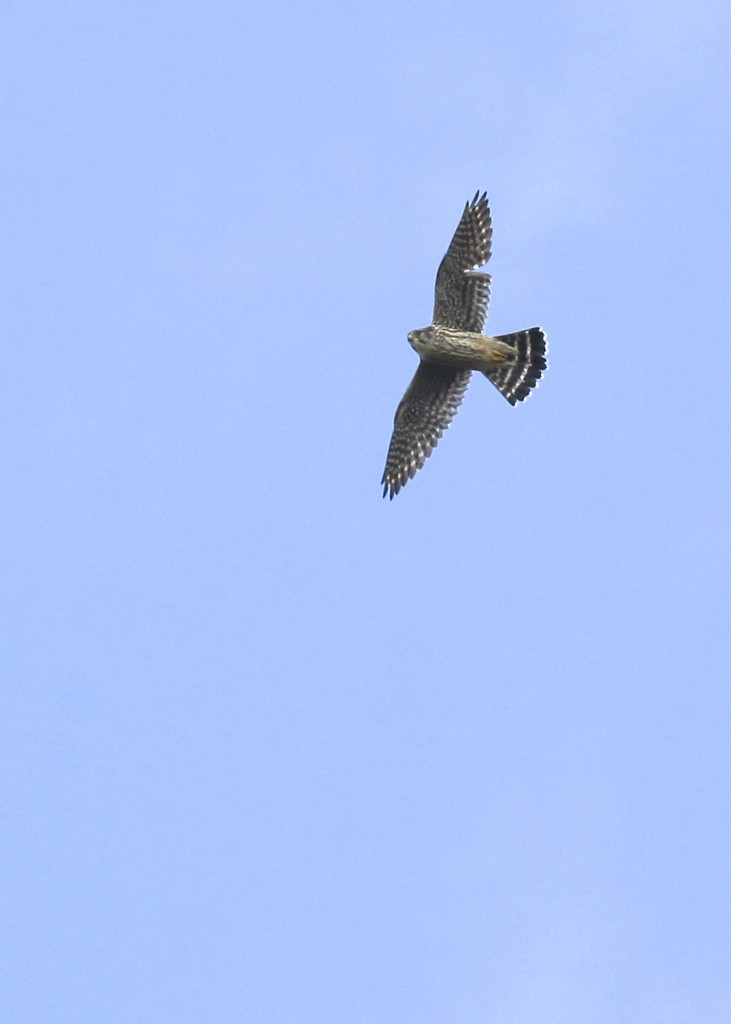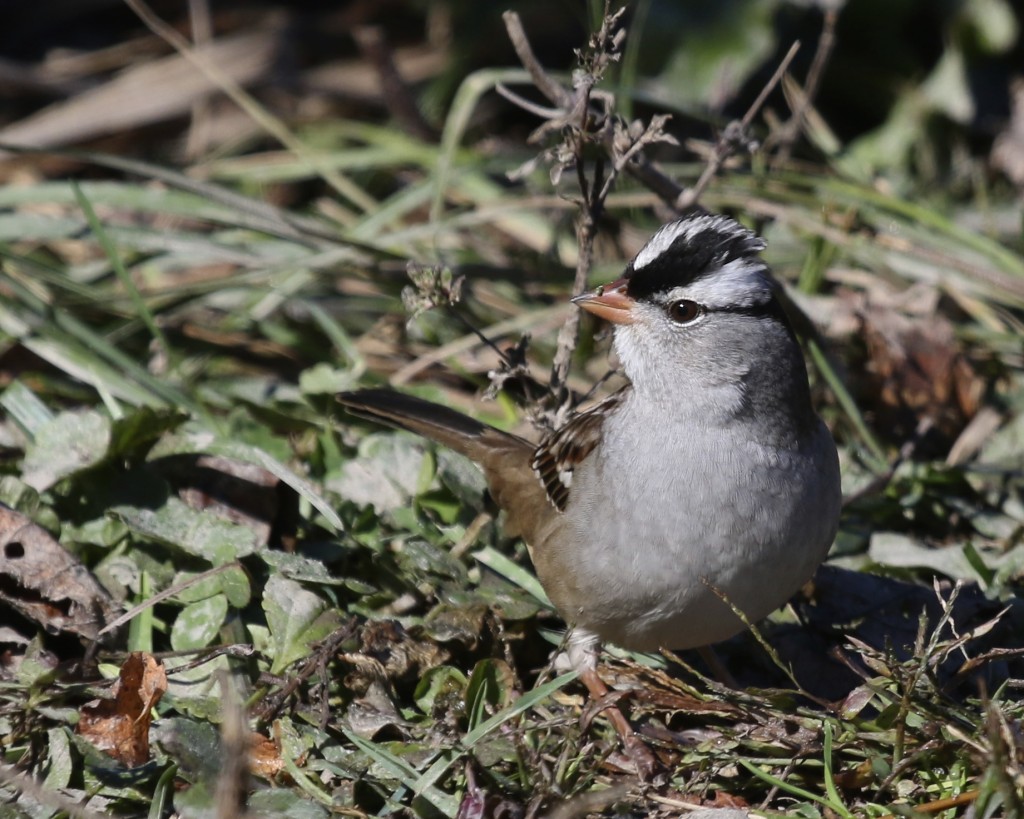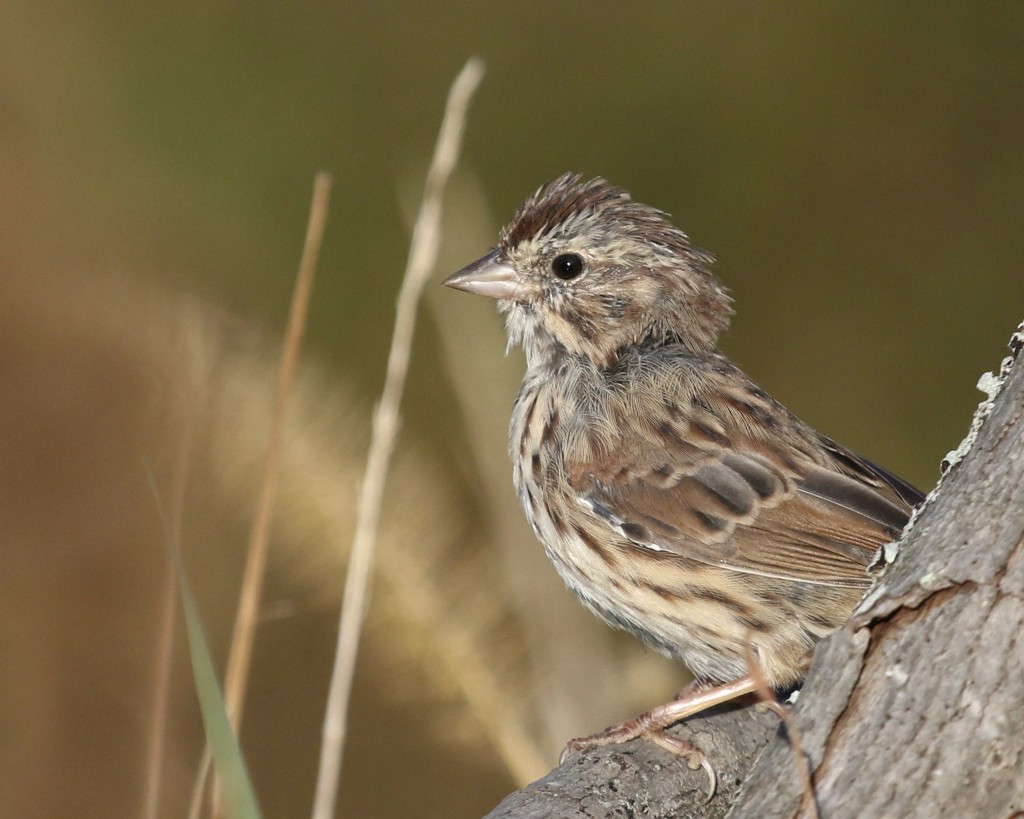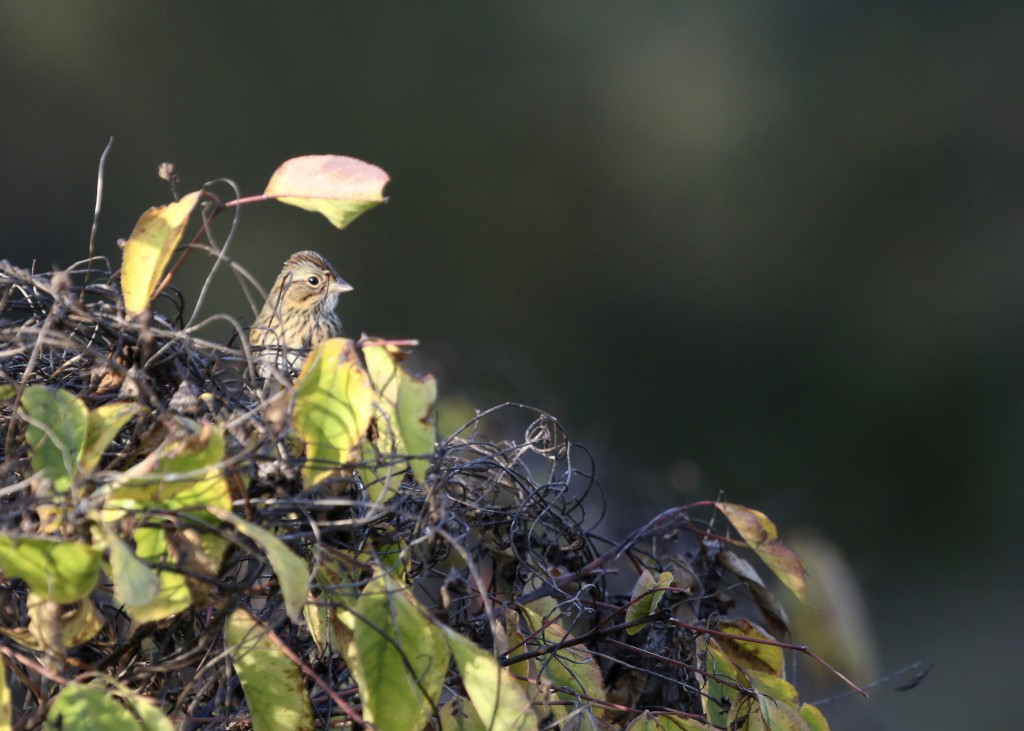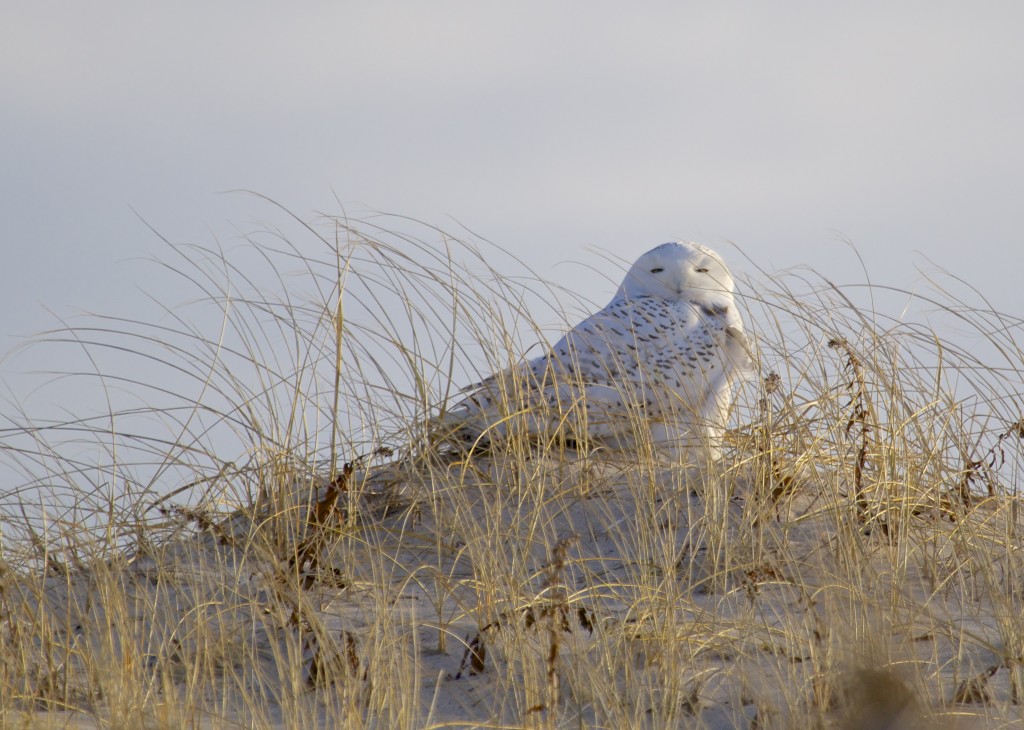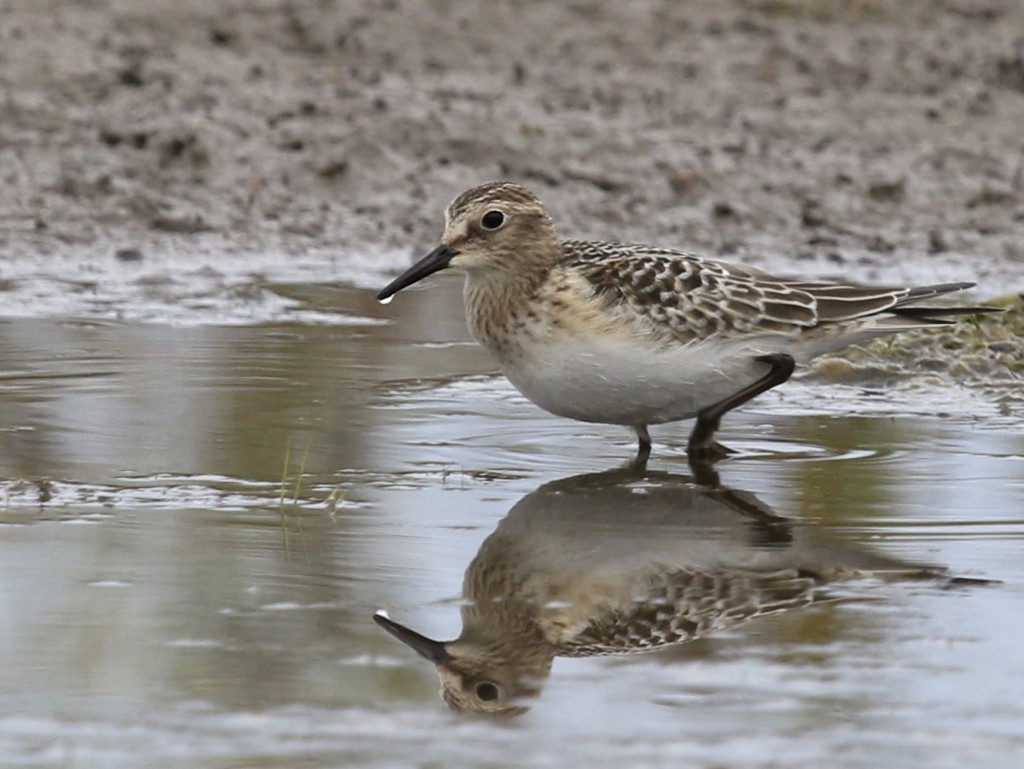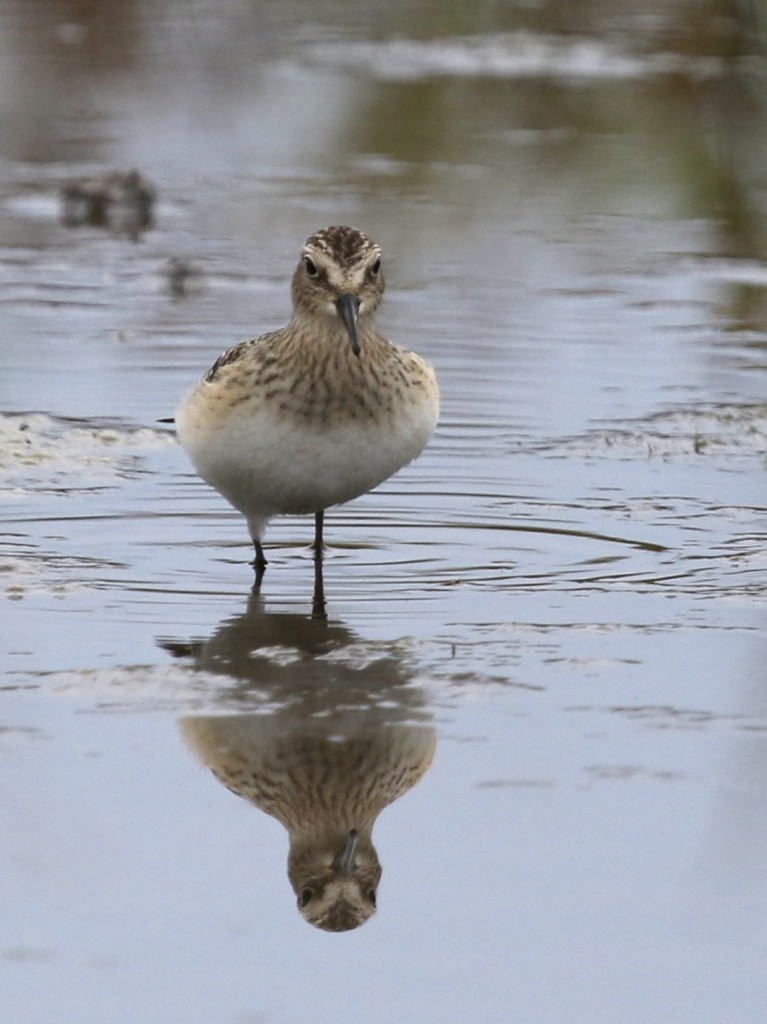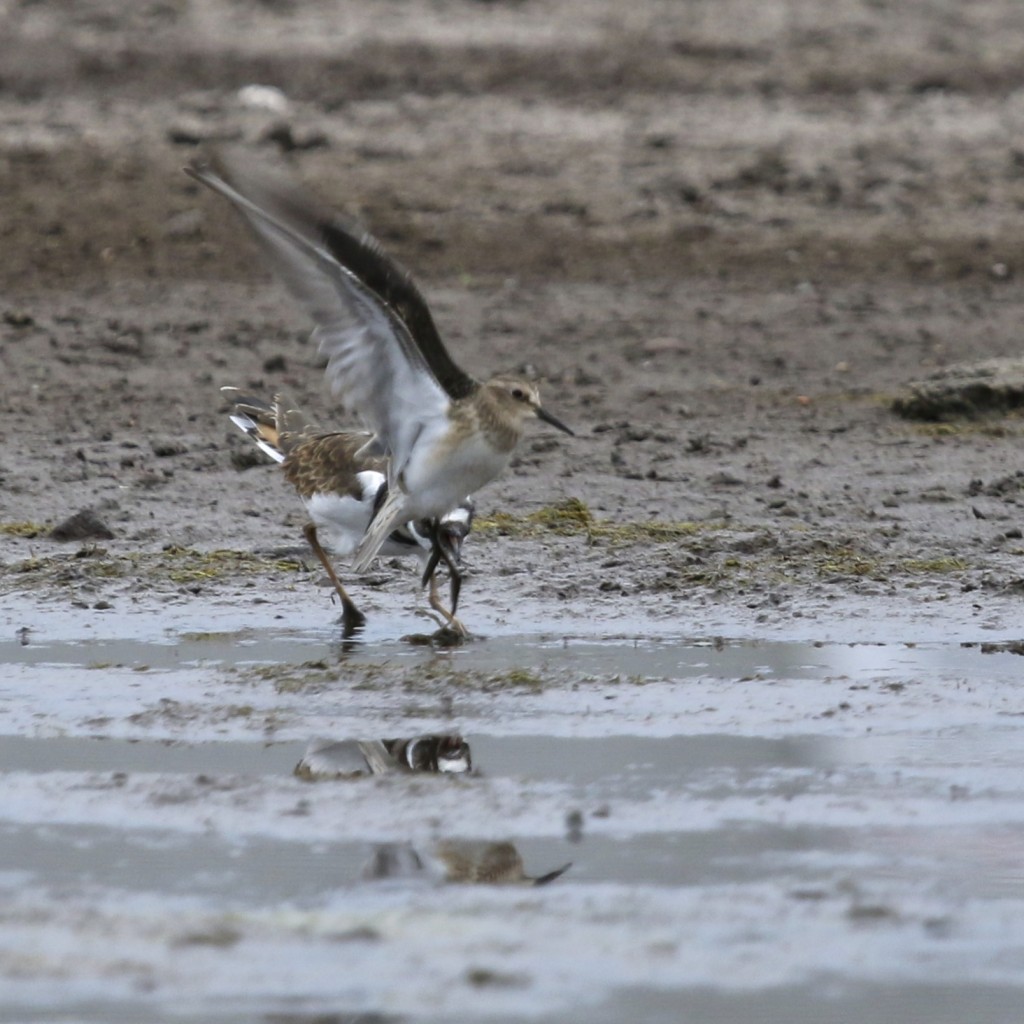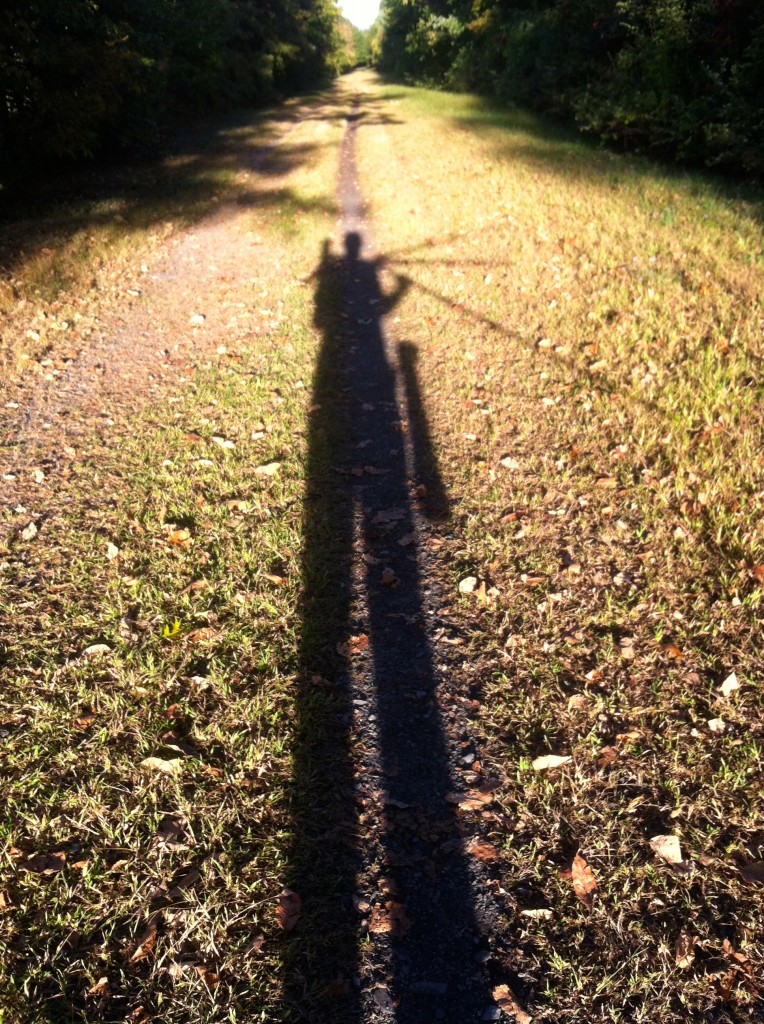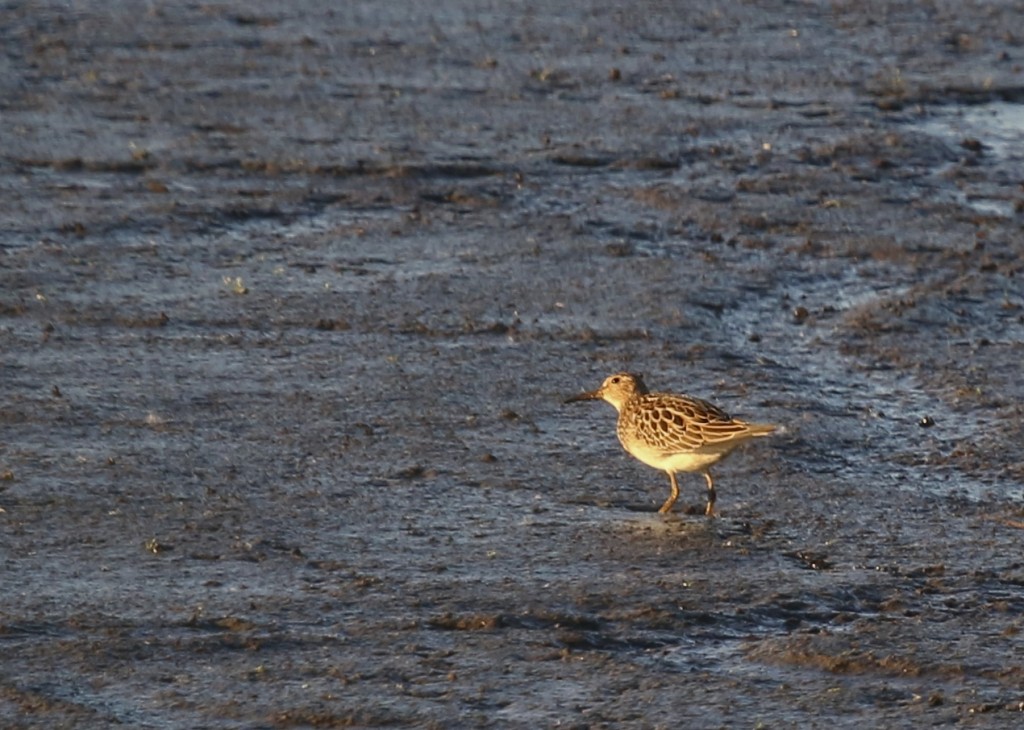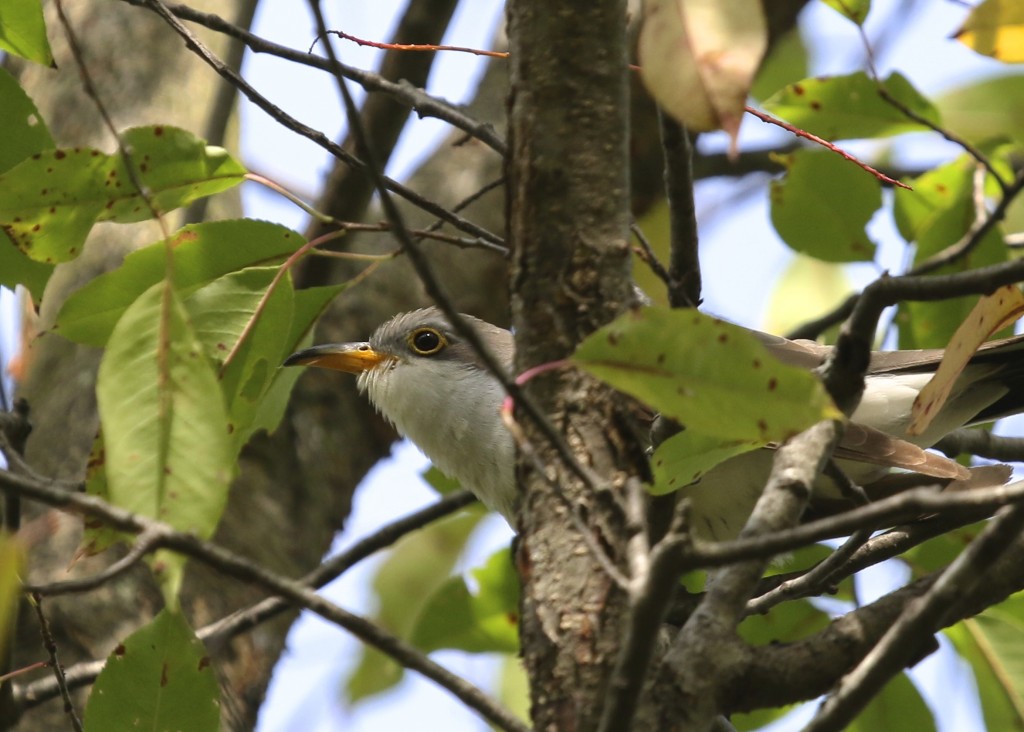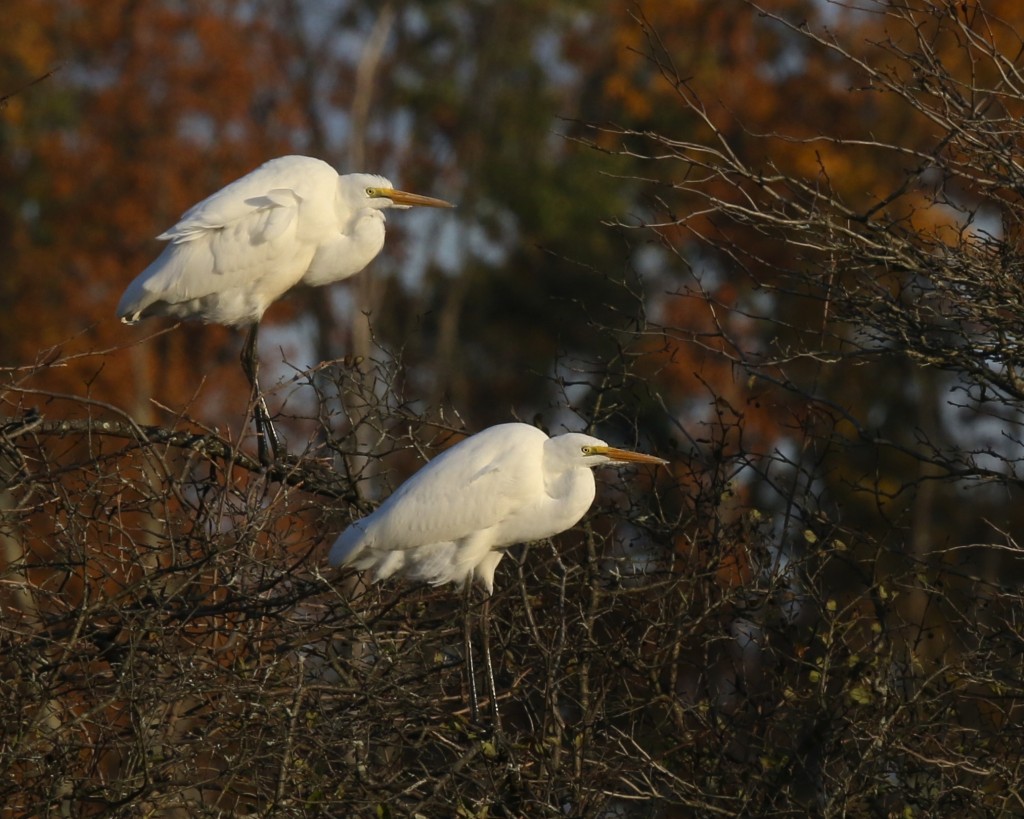
I made it out to 6 1/2 Station Road Sanctuary a couple of times over the weekend – Friday after work and then again on Sunday evening. My visits continue to be very enjoyable; I’m not finding many new birds, but there are many birds present. I did not do a list on Friday, but tonight in a short visit, I had 35 species. The light has been nice and I have just been enjoying being out and taking some photos. Both visits I spent some time with the very accessible Yellow-rumped Warblers that are present. Tonight it really paid off, as a Blue-headed Vireo suddenly appeared and I was able to get a shot.

And of course, the Yellow-rumps gave me plenty of opportunities. I was enjoying trying to get shots of them through all the branches and leaves. Here’s some shots that I liked:

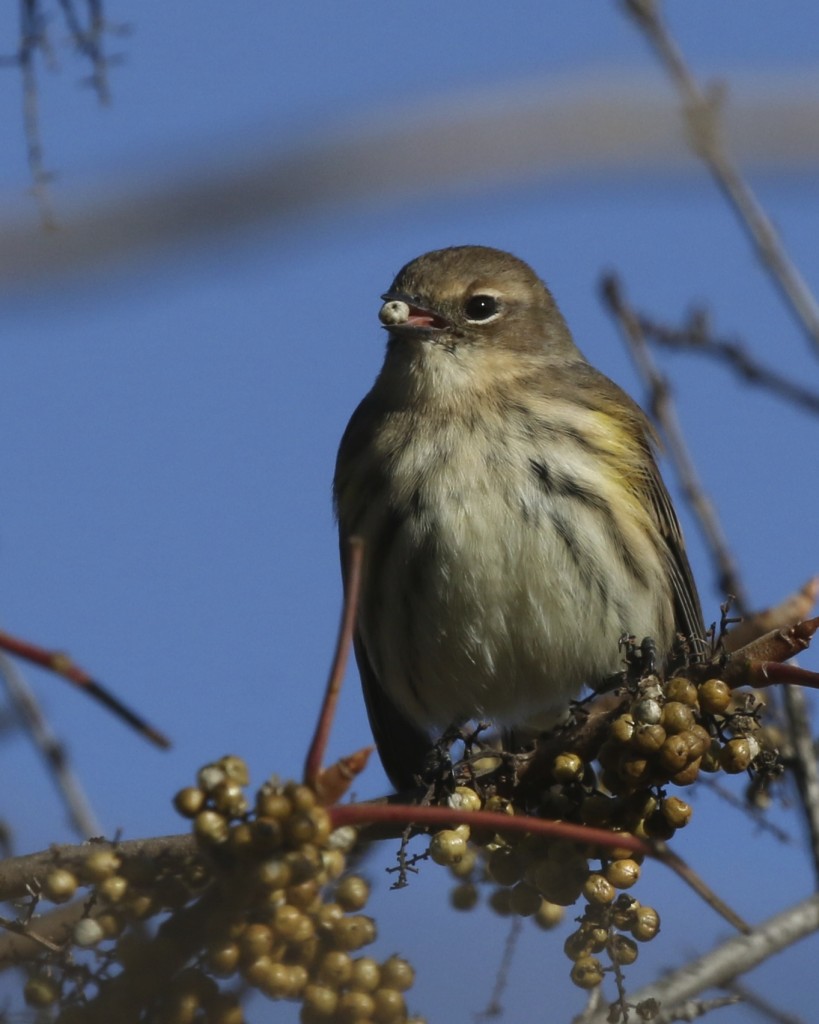

Both Ruby-crowned and Golden-crowned Kinglets were present over the weekend. I had ample opportunity with a Ruby-crowned tonight but I did not get any good photos. I did a little better with a Golden-crowned on Friday:
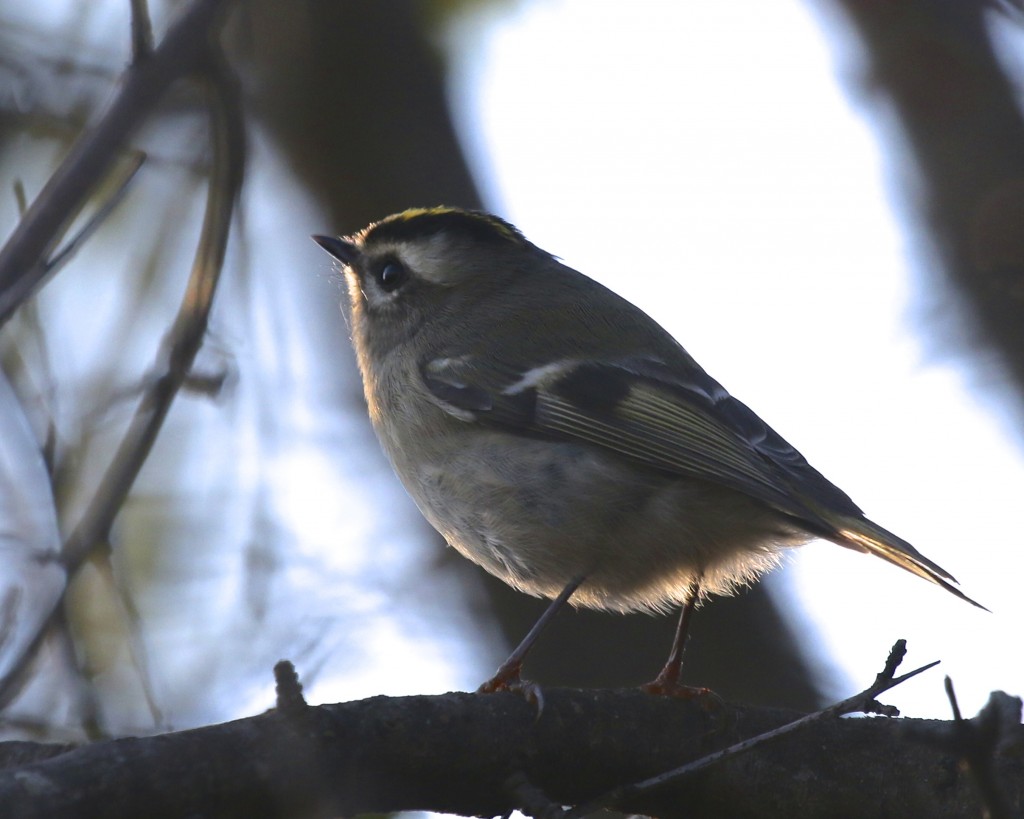
Here’s my species list for tonight (10/19//14):
Canada Goose
American Black Duck
Mallard
Blue-winged Teal
Northern Shoveler
Green-winged Teal
Great Blue Heron
Great Egret
Turkey Vulture
Red-tailed Hawk
Killdeer
Greater Yellowlegs
Ring-billed Gull
Red-bellied Woodpecker
Downy Woodpecker
Northern Flicker
Eastern Phoebe
Blue-headed Vireo
Blue Jay
American Crow
Black-capped Chickadee
Tufted Titmouse
Carolina Wren
Golden-crowned Kinglet
Ruby-crowned Kinglet
Eastern Bluebird
American Robin
European Starling
American Pipit
Yellow-rumped Warbler
Field Sparrow
Song Sparrow
White-throated Sparrow
Northern Cardinal
Red-winged Blackbird



